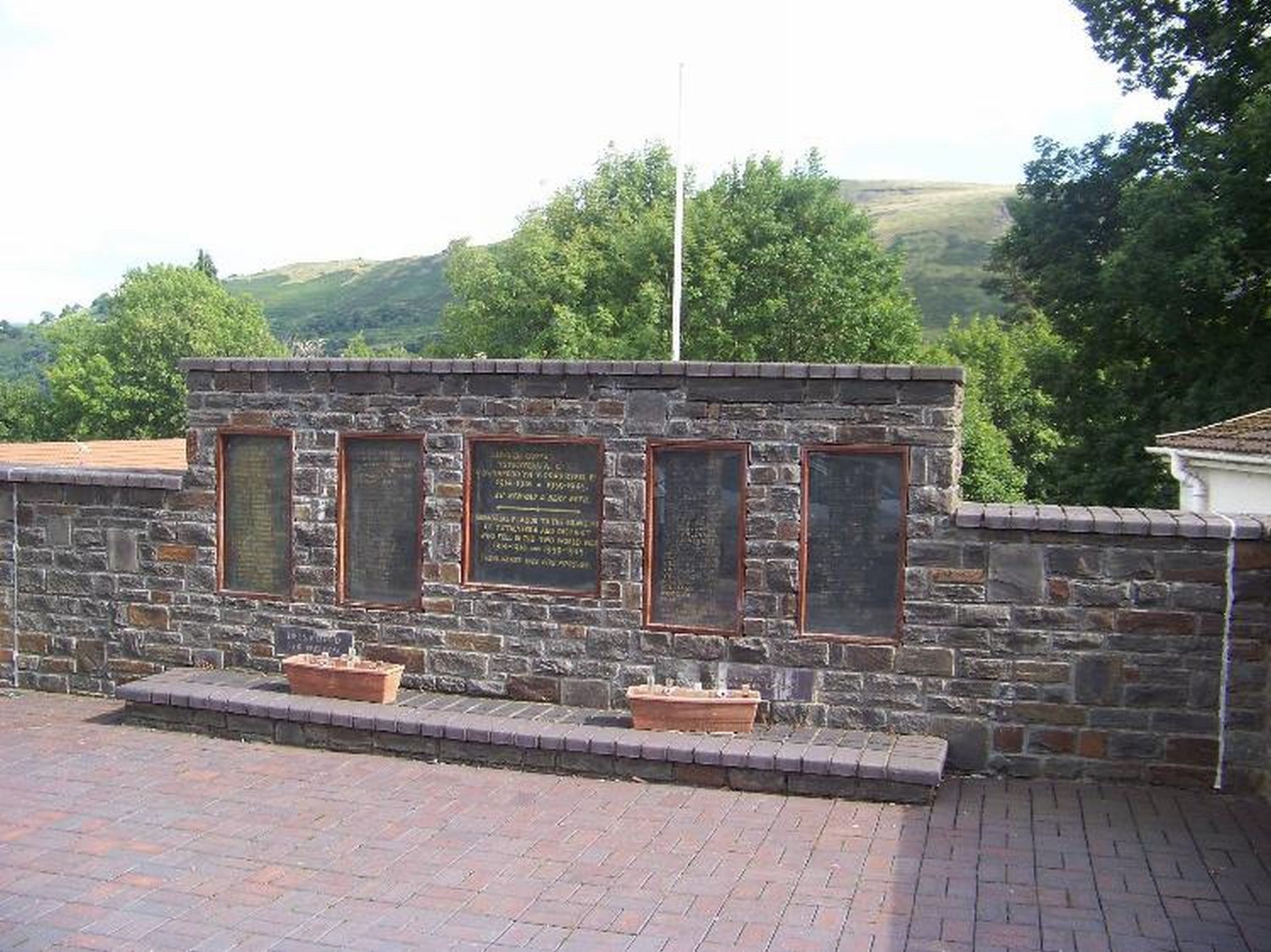Thomas Davies
This is the memorial page for Thomas Davies, native of Ystalyfera, killed during the Second World War.
The information on Thomas Davies comes principally from the Commonwealth War Graves Commission, from the Labour Voice newspaper, and the Parish Burial Register (courtesy of the Swansea Archives).
| Name | Thomas Davies |
| Date of Death | 8th June 1940 |
| Place of Death | Norwegian Sea |
| Age at Death | 20 |
| Unit and Regiment | Royal Navy; HMS Glorious |
| Rank | Able Seaman |
| Service Number | D/SSX 20923 |
| Additional Information | |
| Memorial | Plymouth Royal Naval Memorial, Devon; Panel 37, Column 2. |
| Local Memorials | Ystalyfera War Memorial |
| Family Details | Son of William and Cissie Ellen Davies of (Cyfyng Road) Ystalyfera, Glamorgan. |
| Known Brothers | |
| Known Sisters |
HMS Glorious was sunk during the Norwegian campaign in 1940. Below is An Analysis of the Action by Vernon W Howland, Captain RCN (Retired)
On the afternoon of Saturday 8th June 1940, the aircraft carrier HMS Glorious and her escorting destroyers HMS Acasta and HMS Ardent were intercepted in the Norwegian Sea by the German battlecruisers Gneisenau and Scharnhorst. The three British ships were sunk by gunfire in a little over two hours, with the loss of over 1500 officers and men of the Royal Navy, Royal Marines and Royal Air Force. In accordance with instructions from Glorious, Ardent closed the enemy ships flashing a challenge on her searchlight. She was taken under fire by Gneisenau at 1627 and by Scharnhorst at 1630 at a range of about 16000 yards (14600 meters). Ardent withdrew, firing torpedoes, one of which was seen to pass close ahead of the Scharnhorst. Both destroyers made smoke to screen the Glorious. This smoke was effective enough to force the Germans to cease fire from about 1658 to 1720. Ardent made one hit on Scharnhorst with her 4.7-inch guns, but was extensively hit by return fire from the 5.9-inch secondary armament of the battle cruisers, and sank at about 1725.
Glorious received her first hit at 1638 from Scharnhorst's third salvo. The 283mm shell penetrated the flight deck and burst in the upper hangar starting a large fire. Splinters pierced a boiler casing and smoke entered air intakes. This caused a temporary drop in steam pressure from two boilers, but pressure was built up again as the smoke cleared. Further hits were obtained after 1720 as the carrier once again became visible through the smoke of the screening destroyers. At 1656, just before the Germans ceased fire due to screening smoke, a hit on the homing beacon wrecked the bridge, killing the captain and almost all of the bridge personnel. The Executive Officer assumed command of the ship. About 1720 a hit in the centre engine room shook the whole ship which thereafter began to lose speed, develop a starboard list, and commence a slow circle to port. The Germans ceased fire at about 1740 and Glorious sank at about 1810.

